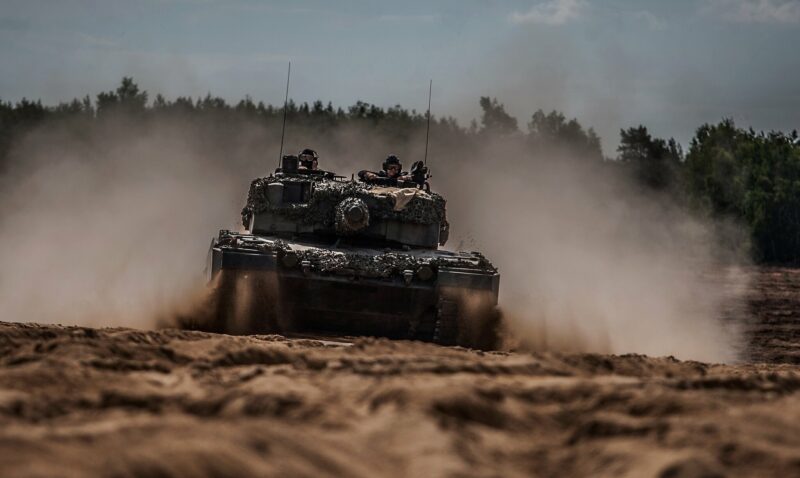In the context of securing critical infrastructure, the main role is played by the services of the Polish state, as well as institutions or organizations that are the owners of this infrastructure. The military operates in cases of ultimate threat – in areas where other organizations or institutions are unable to respond. This happens, for example, in the context of protecting airspace against attacks – whether missile or unmanned flying object based. Both in terms of physical and energy security, a key role is also played by the armed forces – they secure infrastructure, but also monitor whether anything threatens the critical infrastructure. The Polish army has been underfunded for years – there was also a big difference between certain formations. Some formations were modernized and received modern equipment, while other divisions, other formations, tactical associations were underinvested and not modernized for years. Soldiers often had to use personal equipment dating back to the Warsaw Pact times.
– The difference in the way the various types of armed forces were modernized caused a great inequality in Poland in terms of the armed forces. We have, on one hand, fairly modern air forces, and on the other, outdated navy ships that cannot keep up with today’s challenges on the battlefield – said Mariusz Marszałkowski, editor-in-chief of POLON.pl portal, to eNewsroom.pl. – What is important from the perspective of security or modernization – after February 24, 2022, we witnessed very intense arms purchases, taking place directly from foreign manufacturers. Deliveries of this equipment to Poland were also quickly realized. However, remember that the introduction or learning to use new equipment takes a lot of time. From the moment of receiving the equipment to its use – learning its correct use – years pass. It is important to remember that to use this equipment, you need appropriately trained people. And that will be the biggest challenge in the coming years – to provide an appropriate way of training the right people so that this equipment works with one hundred percent efficiency – explains Marszałkowski.
